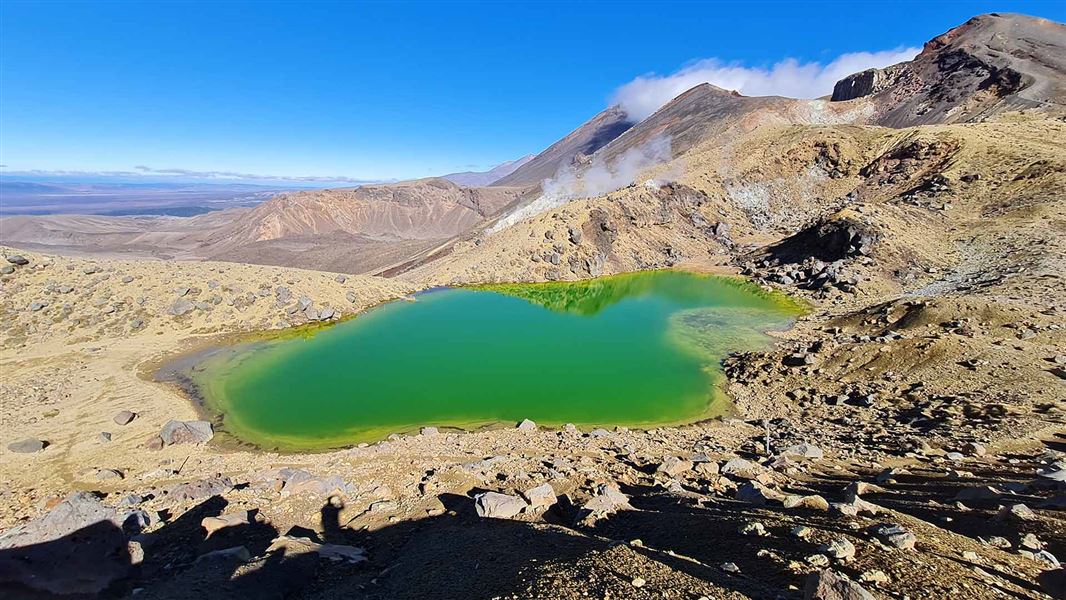
The NSW Government is investing nearly $5 million to plant thousands of new trees across Greater Sydney to expand the city’s green canopy in partnership with Greening Australia and Landcare NSW.
Minister for Planning and Public Spaces Rob Stokes said the partnerships will see 172,000 new trees planted in Greater Sydney’s parks, schools and communities over the next two-and-a-half years, with the first 32,000 to be planted by the end of 2020.
“We have connected with leading environmental organisations to increase our tree canopy cover, cool our communities and create great new green public spaces across the city,” Mr Stokes said.
“New trees today mean more healthy shaded public spaces and beautiful tree-lined streets for communities to enjoy now and for years to come.”
The NSW Government has signed two contracts totaling $4.77 million for:
- 100,000 trees to be planted across Greater Sydney, with a focus on Western Sydney with Landcare NSW; and
- 72,000 trees to be planted across parks and community spaces and schools across Greater Sydney with Greening Australia.
The two new partnerships will contribute to the NSW Government’s ambitious target to plant one million trees by 2022.
Landcare NSW CEO Dr Adrian Zammit said the project will help support the development of green spaces across Greater Sydney.
“With the support of the Greater Sydney Landcare Network we will help grow native canopy to cool our city with Landcarers helping landowners and community members participate in tree planting activities.
“Our shared challenge is not only to get the trees in the ground but to monitor and provide education to ensure they survive.”
Greening Australia’s Nature in Cities Director Paul Della Libera said the ‘Cooling the Schools’ program will establish native habitats and help cool urban areas.
“By working together with schoolchildren across Greater Sydney to increase the tree canopy cover in their neighbourhoods, we can lower temperatures and create healthier communities for both people and wildlife. This is particularly important in urban areas given rising summer temperatures.
“We will be partnering with Western Sydney University to identify and prioritise the communities with the lowest canopy cover and greatest vulnerability to the urban heat island effect.”







